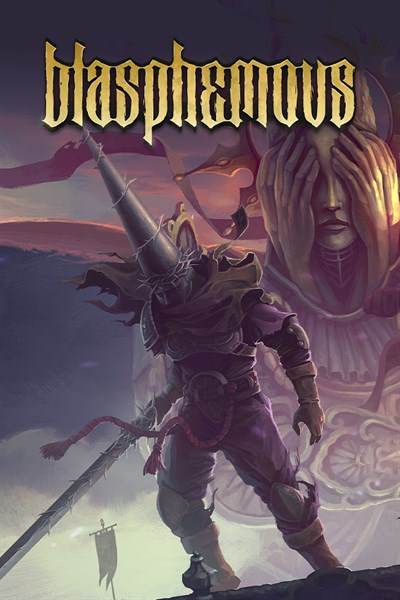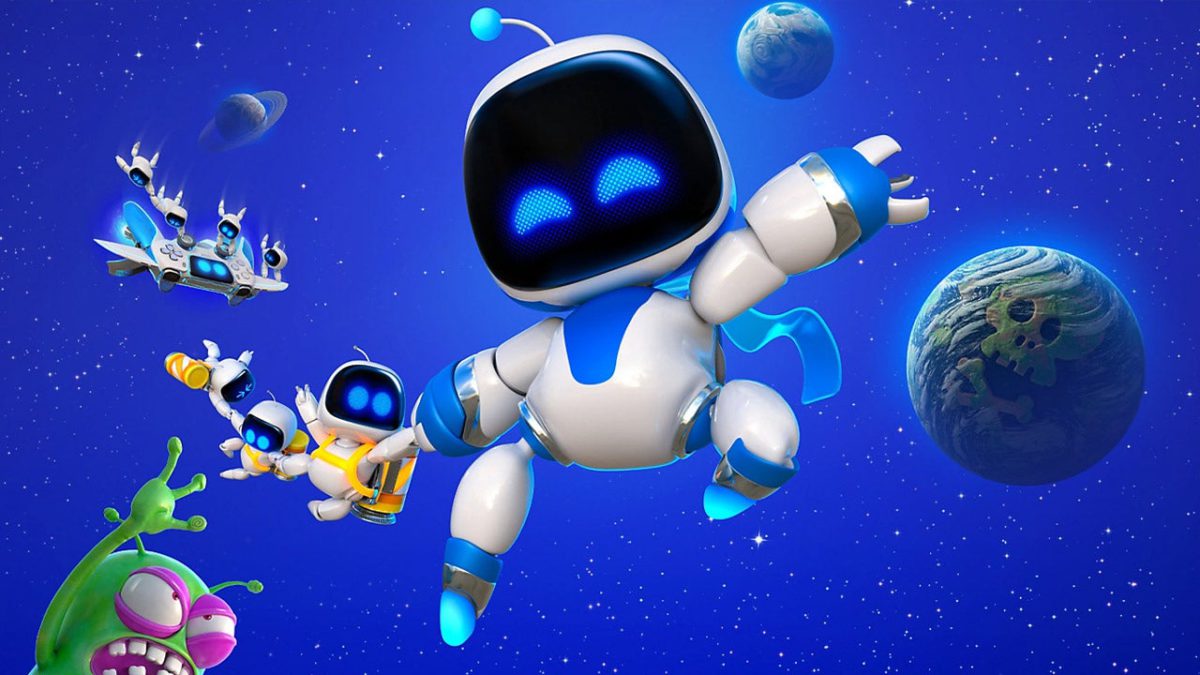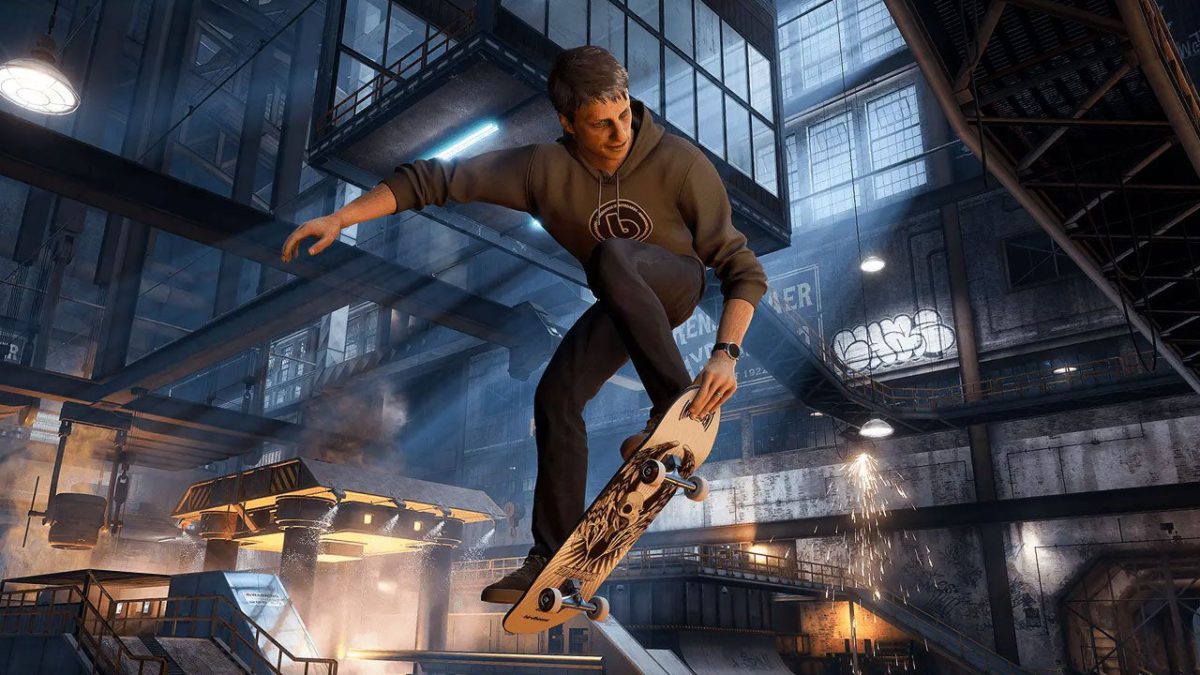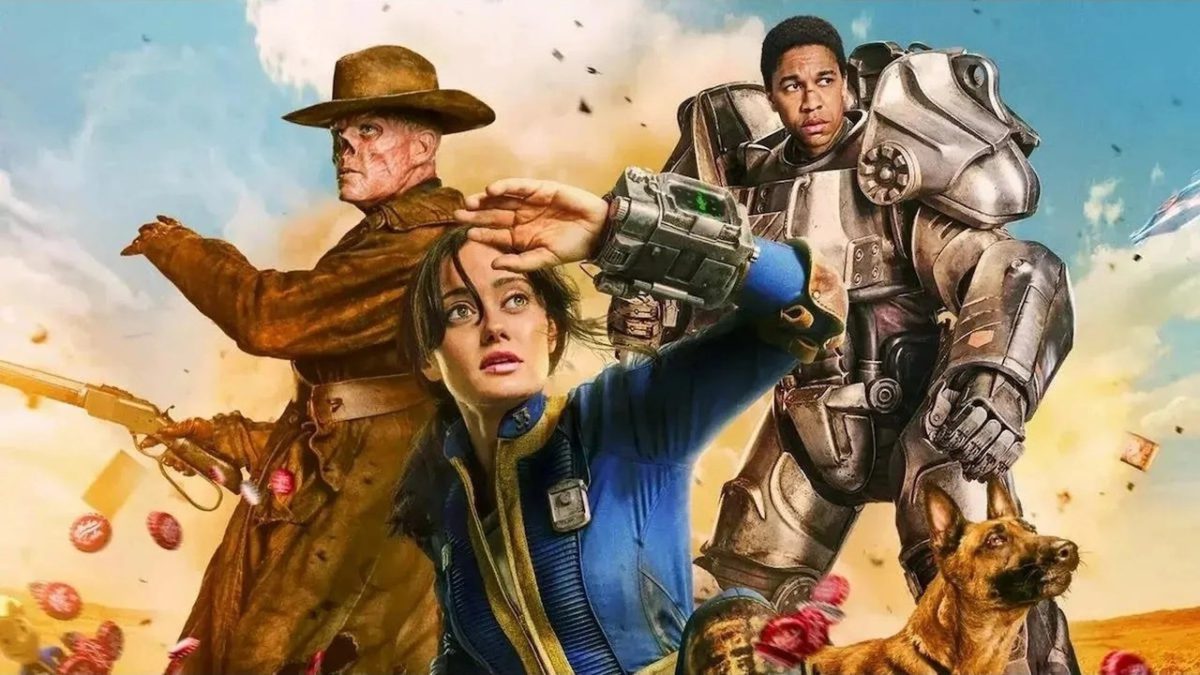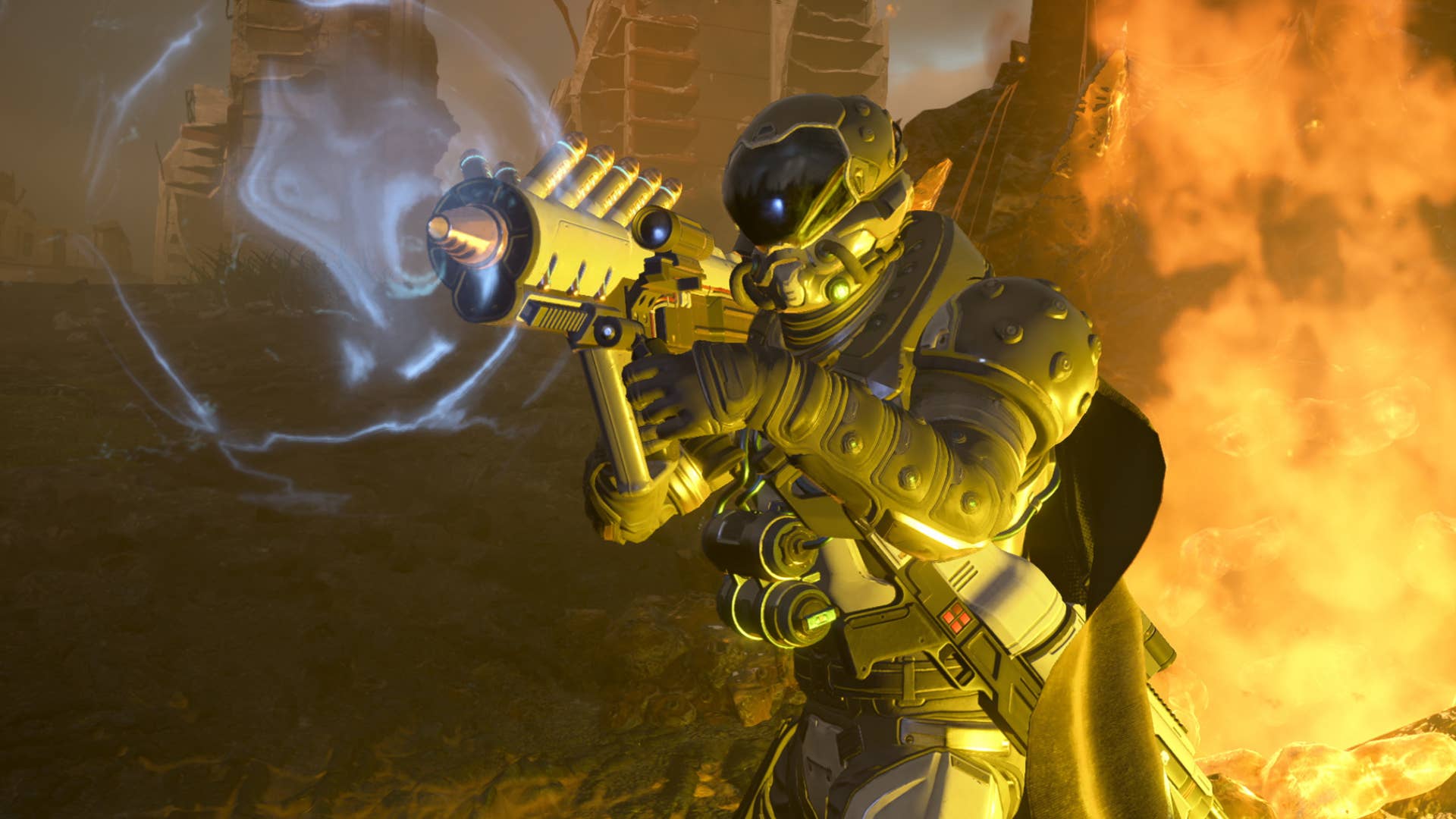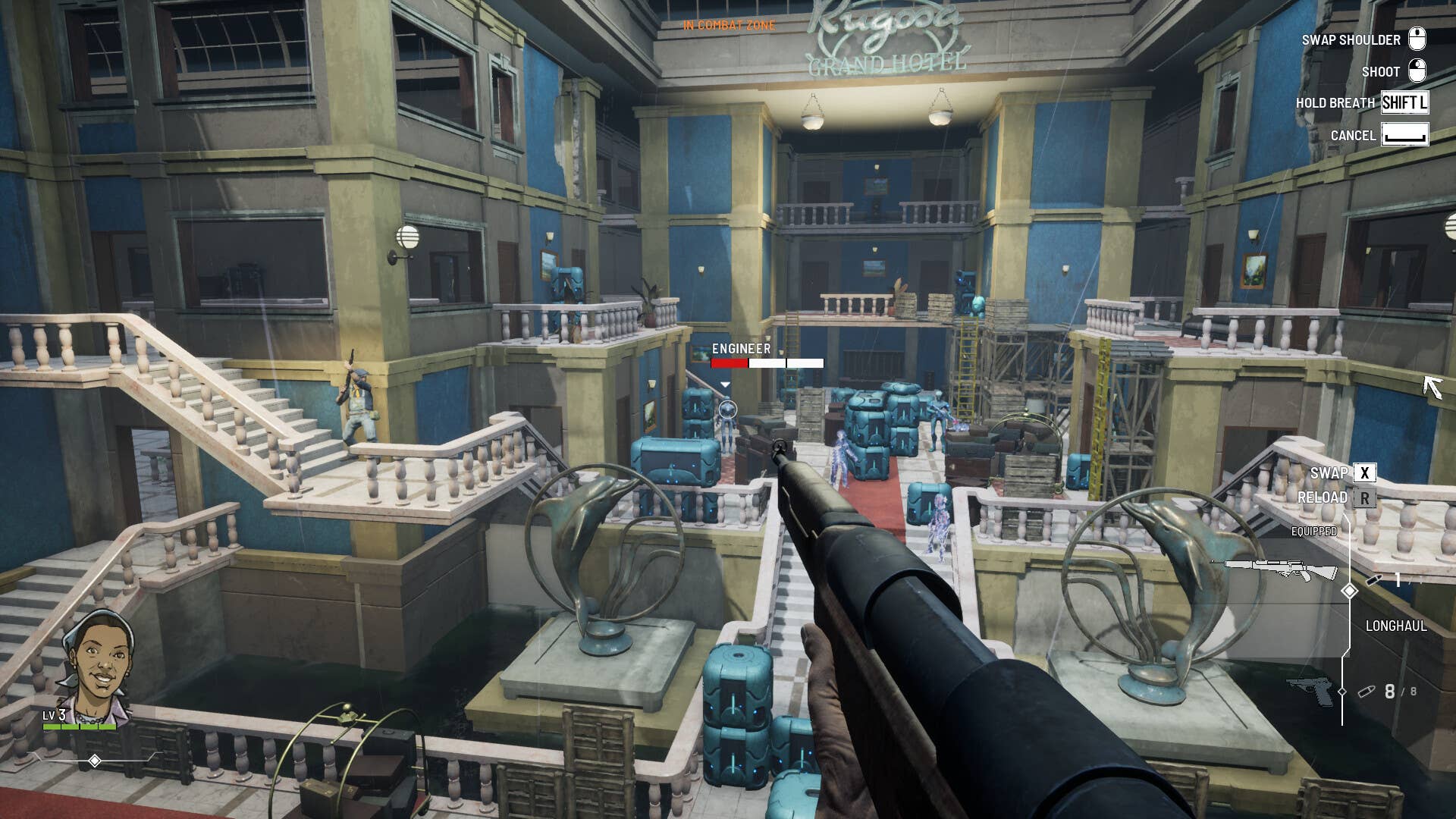Summertime is in full swing, and we have got plenty to keep you cool with Free Play Days! RollerCoaster Tycoon 3: Complete Edition is available this weekend for Xbox Game Pass Ultimate, Standard and Core members to play from Thursday July 10 until Sunday, July 13.
MLB The Show 25 and Polterguys: Possession Party are free for all Xbox members to try during Free Play Days (Xbox Game Pass Game Pass Ultimate, Standard and Core membership not required).
Additionally, all Xbox members can try Blasphemous during Free Play Days with a 2-hour timed trial.
How To Start Playing
Find and install the games on each of the individual game details page on Xbox.com. Clicking through will send you to the Microsoft Store, where you must be signed in to see the option to install with your Xbox Game Pass Ultimate, Standard and Core membership. To download on console, click on the Subscriptions tab in the Xbox Store and navigate down to the Free Play Days collection on your Xbox One and Xbox Series X|S.
Keep The Fun Going
Purchase the game and other editions at a limited time discount and continue playing while keeping your Gamerscore and achievements earned during the event! Please note that discounts, percentages, and title availability may vary by title and region.
Free Play Days (Xbox Game Pass Membership Required)
RollerCoaster Tycoon 3: Complete Edition
Optimized for Xbox Series X|S, Smart Delivery
Your Park. Your Way. Whatever you want to create, RollerCoaster Tycoon 3 gives you the tools and freedom to build the amusement park of your dreams. Control park finances, shops, services and staff to succeed in dozens of scenarios. Become a true tycoon and embark on your promising new career, or create your ideal park without money woes in sandbox mode. Satisfy your guests’ needs and keep your park running smoothly to succeed. Get RCT 3 for 25% off during Free Play Days or during Ultimate Games Sale (UGS) from 7.17-7.31.
Free Play Days For All
Polterguys: Possession Party
Optimized for Xbox Series X|S, Smart Delivery
Supernatural multiplayer madness where 8 players use sneaky sabotage to get opponents caught by a raging monster! Play as mischievous ghosts who possesses everyday objects to gain special powers and show off! Battle in spooky maps full of traps and use whacky powerups to sacrifice your friends! Possession Your powers of possession bring inanimate objects to life!
MLB The Show 25
Optimized for Xbox Series X|S
Forge your baseball journey in The Show Ignite your passion and build your very own path to greatness—from high school all the way to the Hall of Fame! Along the way, connect with iconic baseball stars in fan-favorite modes – updated with new ways to play. Road to the Show is a single-player, role playing mode where you create your own journey. Build the RTTS ballplayer you want, the way you want in Path to 99 Progression.
Blasphemous
Welcome to Cvstodia, a land turned into a nightmarish place of twisted religion by a curse known as the Mircale. As the Penitent One, sole survivor of a brutal massacre, it’s up to you to free the land from this fate. Battle through hordes of monsters and powerful bosses, explore Cvstodia’s hidden depths and break the cycle of eternal damnation in this souls-like Metroidvania.
Don’t miss out on these exciting Free Play Days for Xbox Game Pass Ultimate, Standard and Core members! Learn more about Free Play Days here and stay tuned to Xbox Wire to find out about future Free Play Days and all the latest Xbox gaming news.
The post Free Play Days – MLB The Show 25, Polterguys: Possession Party, RollerCoaster Tycoon 3: Complete Edition and Blasphemous appeared first on Xbox Wire.


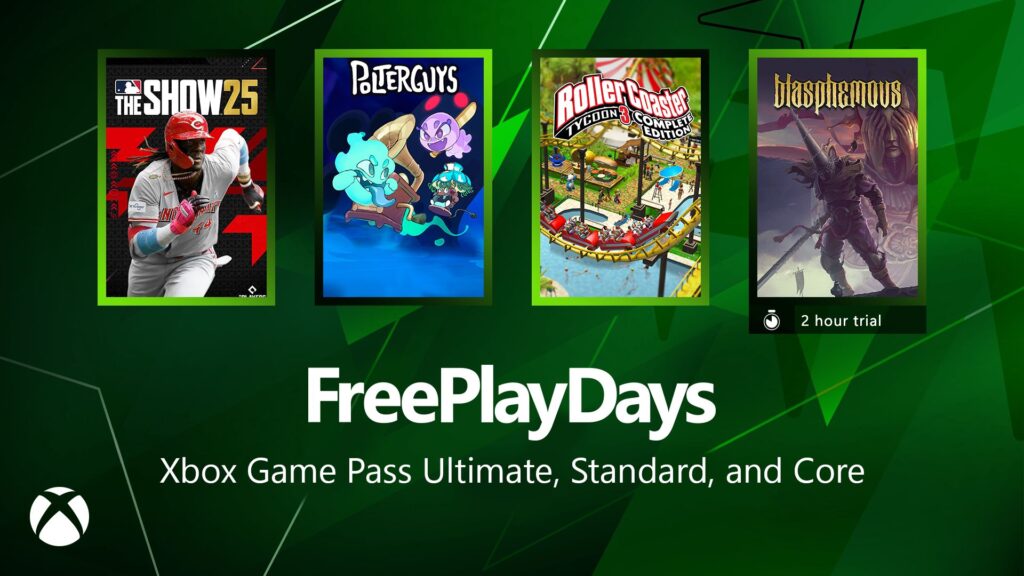



 25 Standard Edition
25 Standard Edition